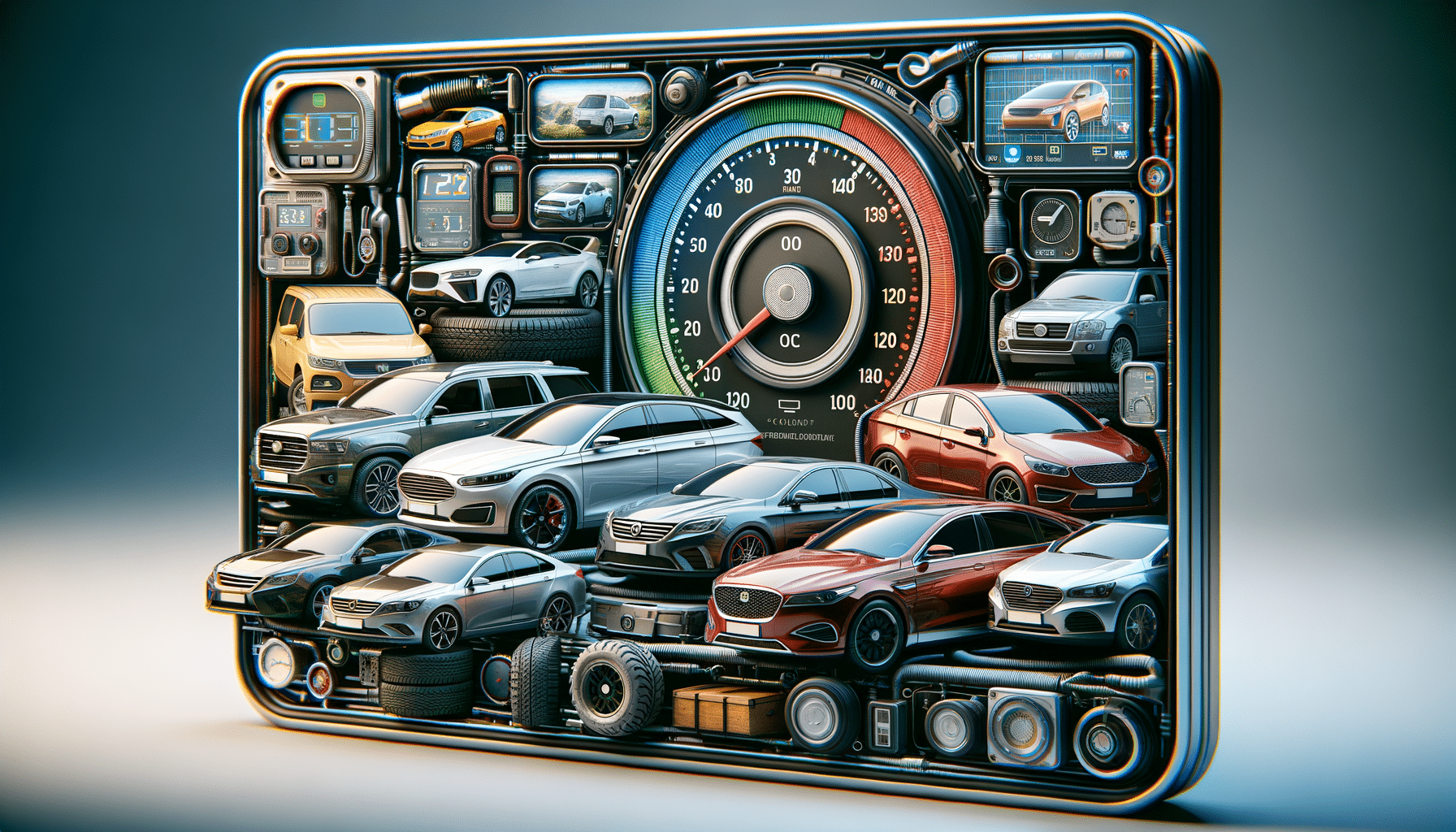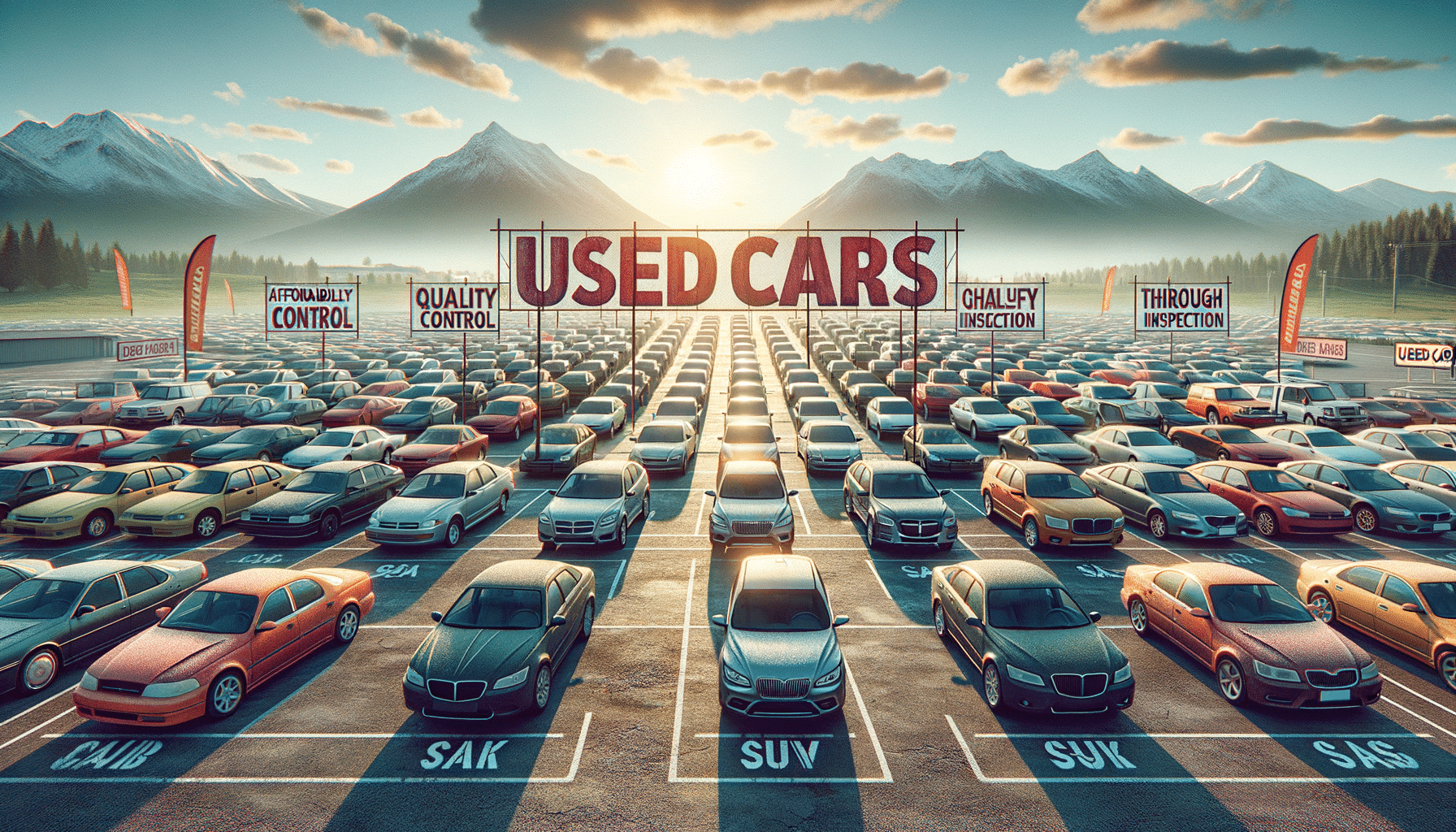
Understanding the Role of Sound in Effective Videography
Sound is an often overlooked yet critical component in the art of videography. While stunning visuals draw viewers in, it’s the auditory experience that deeply connects them to the narrative.
In videography, sound plays an integral role in shaping the audience’s experience and perception. It’s not merely a backdrop to visuals; sound can guide emotions, emphasize narrative, and elevate the storytelling process. According to renowned sound designer Ben Burtt, ‘Sound is a powerful tool that can manipulate emotions and enhance the storytelling experience.’ This sentiment is echoed across the industry, highlighting the need for a balanced integration of audio and video.
Statistics show that videos with high-quality sound are more likely to retain viewer attention. A study by TechSmith found that 75% of viewers will stop watching a video if the audio quality is poor, even if the video quality is exceptional. This underscores the importance of prioritizing sound in videography projects.
The Impact of Sound in Videography
Sound is not just about clarity; it’s about creating an immersive experience. For instance, think of a suspenseful scene in a thriller. The tension is often heightened by sound effects such as creaking doors or subtle background music. These elements are meticulously chosen to build anticipation and impact the viewer emotionally.
Expert Insights
According to sound engineer Emily White, ‘Sound design is an art form that requires a keen ear and a creative touch. It’s about finding the right balance between dialogue, music, and sound effects to support the visual narrative.’ Her expertise highlights the need for precision in sound mixing to ensure all elements complement each other seamlessly.
Personal Experiences
Consider the example of a videographer named Alex who worked on a documentary about urban wildlife. He discovered that capturing the natural sounds of the city—such as birds chirping and distant traffic—added authenticity and depth to his film. This attention to sound detail enriched the viewer’s experience and conveyed a more vivid portrayal of urban life.
Practical Tips for Enhancing Sound in Videography
- Invest in Quality Microphones: Using high-quality microphones can significantly enhance sound capture, reducing background noise and ensuring clarity.
- Sound Editing Software: Familiarize yourself with sound editing tools to refine audio tracks and balance different audio elements effectively.
- Ambient Sound: Incorporate ambient sounds to create a realistic and immersive environment for viewers.
- Test Sound Levels: Always test and adjust sound levels before and during filming to avoid distortion or imbalance.
Comparison: Sound Elements in Videography
| Sound Element | Purpose | Impact |
|---|---|---|
| Dialogue | Conveys narrative | Essential for storytelling |
| Music | Sets mood | Enhances emotional connection |
| Sound Effects | Adds realism | Engages audience |
| Ambient Sound | Creates atmosphere | Immerses viewers |
| Foley | Recreates everyday sounds | Heightens authenticity |
| Narration | Guides story | Clarifies message |
| Silence | Emphasizes moments | Intensifies impact |
| Audio Mixing | Balances elements | Ensures clarity |
Conclusion
In conclusion, sound is a fundamental aspect of videography that should not be underestimated. By focusing on quality audio production, videographers can create more impactful and engaging stories. Whether through ambient sounds, dialogue clarity, or sound effects, the right audio elements bring a video to life, enhancing the overall viewing experience.
FAQs
Why is sound important in videography?
Sound is crucial as it enhances storytelling, evokes emotions, and maintains viewer engagement.
What are some common sound elements used in videography?
Common elements include dialogue, music, sound effects, ambient sound, and narration.


